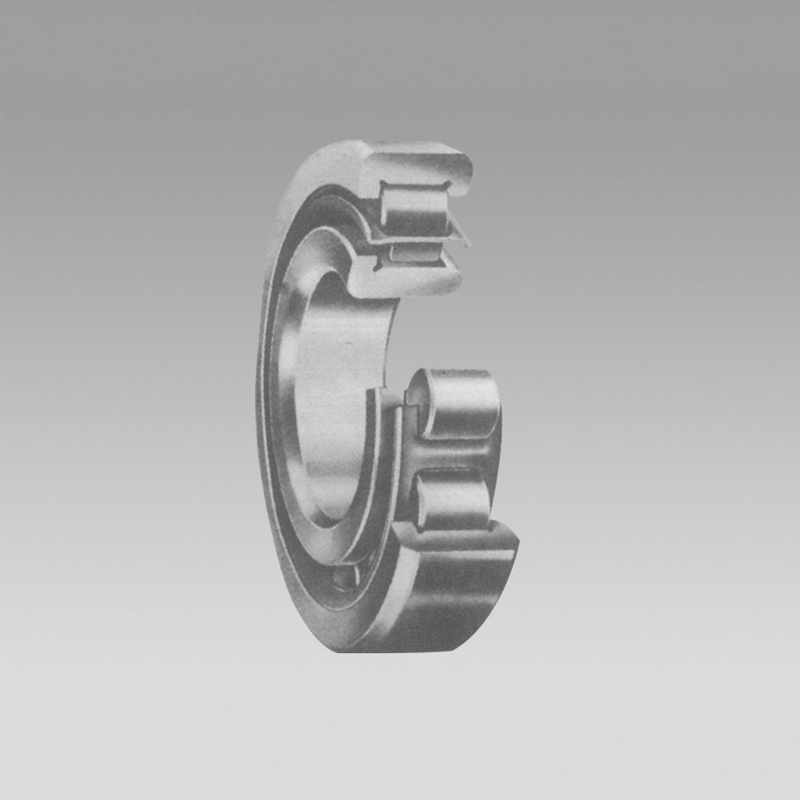
Aug . 18, 2024 04:46 Back to list
Design Specifications for Tapered Roller Bearing with Detailed Drawings
Understanding Taper Roller Bearing Drawings
Taper roller bearings are a critical component in various mechanical applications, renowned for their ability to handle both radial and axial loads. These bearings are distinguished by their conical rolling elements, which facilitate efficient load distribution and minimize friction, making them a preferred choice in automotive, aerospace, and industrial machinery.
When it comes to manufacturing and implementing taper roller bearings, the intricate knowledge of their design is paramount. This is where taper roller bearing drawings play a crucial role. These technical schematics provide essential information about the bearing's dimensions, geometry, materials, and assembly requirements.
Components of Taper Roller Bearing Drawings
A typical taper roller bearing drawing consists of several components
1. Dimensions The drawing provides exact measurements of the bearing, including inner diameter (ID), outer diameter (OD), and width. These dimensions are vital, as they dictate how the bearing will fit within its housing and align with other components.
2. Geometry The unique conical shape of taper roller bearings is outlined in detail. This includes angles of the rollers, raceways, and the overall profile that influences performance characteristics such as load capacity and durability.
3. Material Specifications Drawings often specify the materials used for both the roller elements and the bearing races. High-carbon chromium steel is commonly used due to its excellent hardness and wear resistance. Understanding material properties is crucial for determining the bearing's lifespan and performance under varying loads and temperatures.
4. Load Ratings The drawings may also include information about dynamic and static load ratings. These ratings help engineers determine the suitability of a particular bearing for specific applications, ensuring safety and reliability in operational conditions.
taper roller bearing drawing

5. Assembly and Installation Guidelines Proper installation is essential for the performance of taper roller bearings. Drawings often come with instructions regarding preload and mounting techniques, which can significantly impact bearing functionality and lifespan.
Importance in Engineering and Manufacturing
For engineers and designers, taper roller bearing drawings are indispensable tools. They provide the foundation for creating prototypes, conducting simulations, and performing stress analysis. By examining the drawings, engineers can predict performance metrics such as fatigue life and load handling capabilities, which are critical for safe and effective machine operation.
In manufacturing, these drawings serve as a basis for quality control. By referring to the specifications outlined in the drawings, manufacturers can ensure that every bearing produced meets the required standards, reducing the risk of failure in the field.
Challenges and Best Practices
Reading and interpreting taper roller bearing drawings can be challenging due to complex geometries and technical jargon. Engineers must be well-versed in technical drawing standards such as ISO and ANSI to accurately interpret these schematics. Additionally, using advanced software tools for modeling and simulation can enhance understanding and reduce errors in the design process.
It is also crucial to keep abreast of advancements in materials and manufacturing techniques. Emerging technologies, such as additive manufacturing and improved surface treatments, can significantly affect bearing performance, necessitating updates in design and drawings.
Conclusion
Taper roller bearing drawings are essential in the design, engineering, and manufacturing of reliable bearing solutions. These detailed schematics provide crucial insights into dimensions, geometry, materials, and assembly, ensuring that engineers can create efficient and durable products. Whether in automotive applications, aerospace engineering, or industrial machinery, a thorough understanding of these drawings leads to improved performance and longevity of taper roller bearings, ensuring they meet the rigorous demands of modern engineering challenges.
Latest news
-
Common Failures in Thrust Ball Bearings and Solutions
NewsAug.22,2025
-
How Tapered Roller Bearings Can Take Shock Loads
NewsAug.22,2025
-
Angular Bearings in High-Precision Spindles
NewsAug.22,2025
-
The Impact of Misalignment on Cylindrical Roller Bearing Performance
NewsAug.22,2025
-
The Role of Cage Design in Deep Groove Ball Bearing Durability
NewsAug.22,2025
-
The Impact of Material Quality on Machinery Bearings’ Lifespan
NewsAug.22,2025
